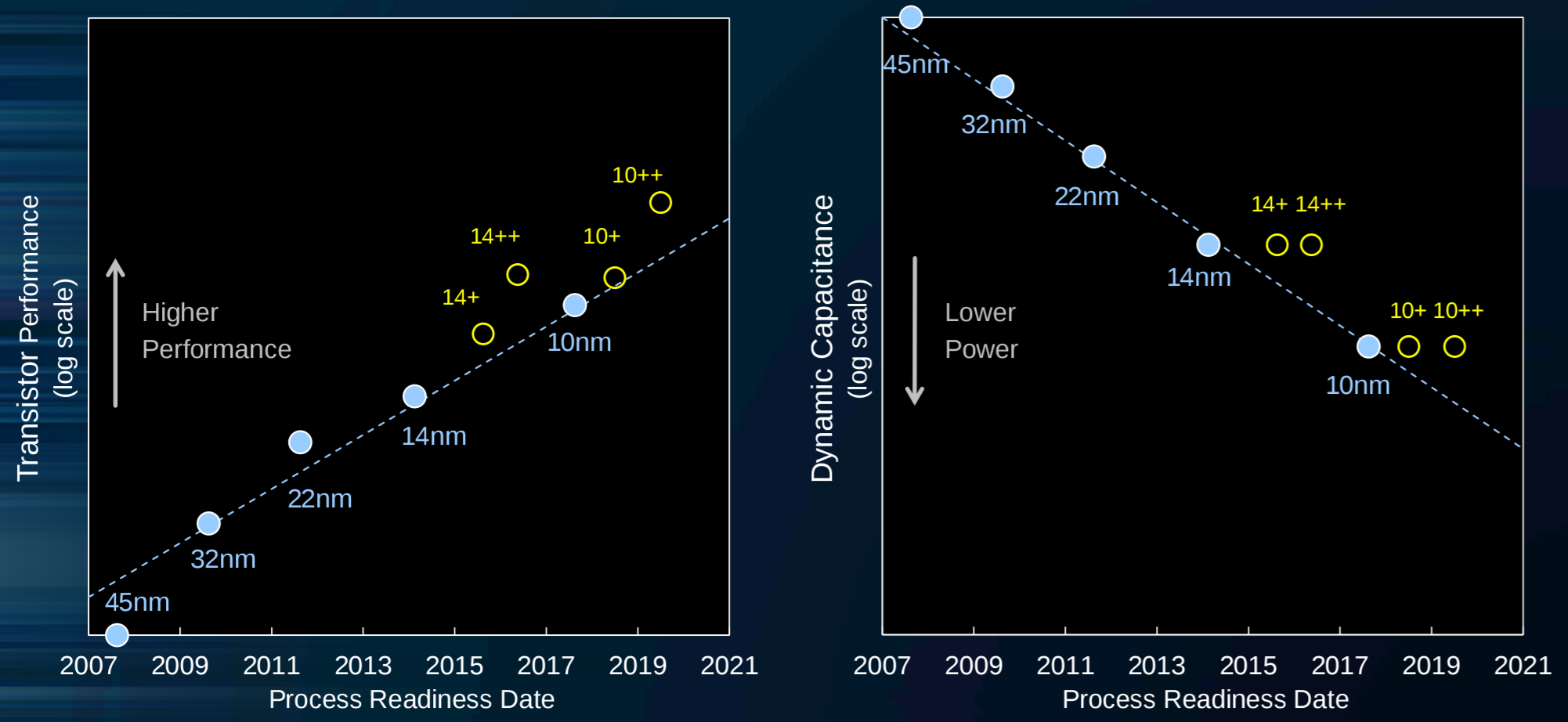Meanwhile it seems that it's TSMC who has a noticeable lead over everyone else.
Quote fron Daniel Neni:
Quote fron Daniel Neni:
At the TSMC Symposium yesterday 7nm and 5nm were front and center. 10nm and 7 EUV not so much so my expectation is that most people will skip 7 EUV, including Apple. 7nm is in HVM today with more than 50 tape-outs expected in 2018 and 5nm will start risk production in 1H 2019. 5NM will use EUV and offer a +15% performance advantage or a +30% power advantage over 7nm. Density is 1.8X.




